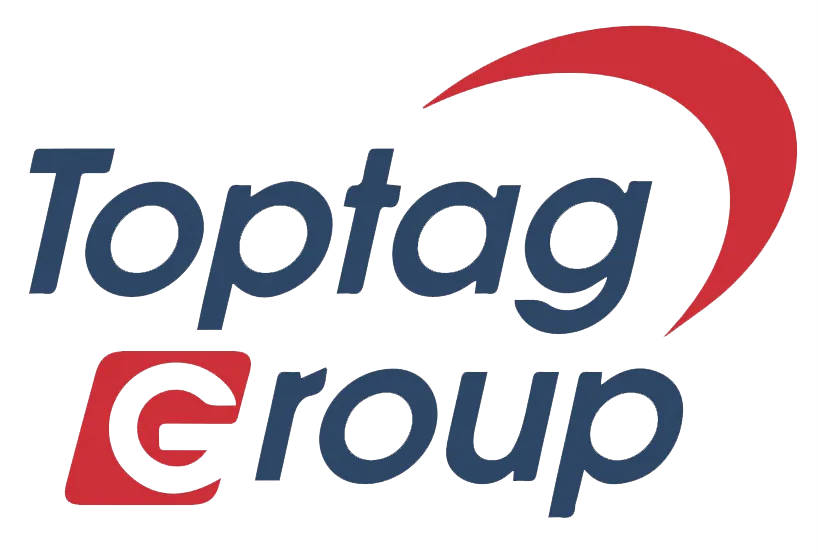Product Introduction:
This Long-Range Animal Scanner is an RFID wireless reader that supports EMID, FDX-B (ISO1784/85) and electronic tags in conventional barcode/QR code scanning formats. Using advanced RFID radio frequency technology, the recognition distance is longer.
Size 2~12mm Glass tube label> 8cm.
Size 30mm animal ear tag> 23cm (based on the antenna of the tag) .
This animal microchip transponder scanner uses a high-brightness OLED display, which can be clearly displayed in indoor and outdoor strong light conditions . With its own storage function, it can store up to 6000 labels, which can be uploaded to the computer through USB data cable, wireless 2.4G, Bluetooth, etc.
The animal scanner has stable performance and simple operation, and is suitable for small animal management, traceability management, storage inventory, and material management.
Product Parameters:
| Model | W91 |
| Working frequency | 134.2Khz/125Khz |
| Label format | EMID、FDX-B(ISO11784/85) |
| Reading distance | 2~12mm glass tube label >15cm 30mm animal ear tags >25cm(related to label performance). |
| Standard | ISO11784/85 |
| Reading time | <100ms |
| Scan mode | CMOS |
| Support code system | 2D:PDF417, QR Code(Model 1/2), DataMatrix(ECC200, ECC000,050, 080, 100,140),Aztec, Maxicode等1D:Code128, EAN-13, EAN-8, Code39, UPC-A, UPC-E, Codabar, Interleaved 2 of 5, ISBN, Code 93, UCC/EAN-128, GS1 Databar,etc |
| Signal indication | 128 x 64 high-brightness OLED screen, buzzer |
| Power supply | 3.7V (rechargeable lithium battery). |
| Storage capacity | 6000 messages |
| Connection method | USB2.0, Wireless HID (optional), Bluetooth (optional) |
| Language | English (can be customized according to customer requirements) |
| Operating temperature | -10℃~50℃ |
| Storage temperature | -30℃~70℃ |
| Package Size | 267cm×148cm×38cm |
| Weight | 500g |

Description of the animal microchip transponder scanner structure:

① Scan the window ② OLED display
③ Scan key / back key ④ Page it up
⑤ Page down / enter ⑥ power supply
⑦ Read key / confirmation key ⑧ Type-c interface
⑨ Wireless receiver ⑩ Battery compartment
FAQs:
-
What types of tags does the Long-Range Animal Scanner support?
The Long-Range Animal Scanner supports various types of tags, including RFID tags and GPS tags.
-
What is the recognition distance of the scanner?
The recognition distance of the Long-Range Animal Scanner can vary depending on the specific model and environment conditions. However, it typically has a range of several meters to several kilometers, allowing for long-range scanning and identification of animals.
-
What are the sizes supported for glass tube labels and animal ear tags?
The Long-Range Animal Scanner supports various sizes for glass tube labels and animal ear tags. The specific sizes supported may vary depending on the scanner model and manufacturer. However, common sizes for glass tube labels include 1.4 mm x 8 mm and 1.4 mm x 10 mm. For animal ear tags, common sizes range from small tags (e.g., 30 mm x 25 mm) to larger tags (e.g., 60 mm x 50 mm). It is recommended to check the specifications of the specific scanner model or consult with the manufacturer for the supported sizes.
-
Does the scanner have a display? If so, what type of display does it use?
The Long-Range Animal Scanner may or may not have a display, depending on the specific model and manufacturer. If it does have a display, it can vary in type. Common types of displays used in scanners include LCD (Liquid Crystal Display) screens, LED (Light-Emitting Diode) screens, or OLED (Organic Light-Emitting Diode) screens. The specific type of display used will depend on the design and features of the scanner. It is recommended to check the specifications of the specific model or consult with the manufacturer for information about the display.
-
How many labels can the scanner store?
The storage capacity of the Long-Range Animal Scanner can vary depending on the specific model and manufacturer. Some scanners may have a limited storage capacity and can store only a few labels, while others may have a larger capacity and can store hundreds or even thousands of labels. It is recommended to check the specifications of the specific scanner model or consult with the manufacturer for information about the storage capacity.
-
What are the available methods to transfer the stored labels to a computer?
The available methods to transfer the stored labels from the Long-Range Animal Scanner to a computer can vary depending on the specific model and manufacturer. Common methods include:
1. USB connection: The scanner may have a USB port that allows you to connect it directly to a computer using a USB cable. This enables you to transfer the stored labels by simply connecting the scanner to the computer and copying the data.
2. Bluetooth: Some scanners may have Bluetooth connectivity, allowing you to wirelessly transfer the stored labels to a computer that has Bluetooth capability. This can be done by pairing the scanner with the computer and initiating the data transfer.
3. Wi-Fi or wireless network: Certain scanners may have Wi-Fi or wireless network capabilities, enabling you to transfer the stored labels over a wireless network connection. This typically involves connecting both the scanner and the computer to the same Wi-Fi network and using software or applications provided by the scanner manufacturer to initiate the transfer.
4. SD card or memory card: In some cases, the scanner may have a slot for an SD card or memory card. You can store the labels on the card within the scanner and then remove the card and insert it into a computer’s card reader to access the data.
It is recommended to check the specifications of the specific scanner model or consult with the manufacturer for information about the available methods to transfer the stored labels to a computer.
-
What applications is the animal scanner suitable for?
The animal scanner is suitable for a variety of applications, including:
1. Livestock management: The scanner can be used to identify and track individual animals in livestock operations, such as farms or ranches. It can help with inventory management, breeding programs, and health monitoring.
2. Veterinary practices: Veterinarians can use the scanner to identify and track animals in their practice. It can assist in medical record keeping, medication administration, and patient identification.
3. Animal shelters: The scanner can be used by animal shelters to track and identify animals that come into their care. This can help with reuniting lost pets with their owners and managing adoption processes.
4. Wildlife research and conservation: Researchers and conservationists can use the scanner to study and monitor wildlife populations. It can aid in tracking migration patterns, studying behavior, and implementing conservation strategies.
5. Pet ownership: Individuals who own pets can use the scanner to keep track of their animals’ information, such as vaccination records and medical histories. It can also be used to identify lost or stolen pets.
Overall, the animal scanner is suitable for any application where the identification and tracking of animals is necessary.
Some Reviews from Our delightful Customers:
I recently had the opportunity to use the Long-Range Animal Microchip Transponder Scanner and I must say, it exceeded my expectations. This scanner is specifically designed for animal management and traceability, making it an essential tool for any veterinarian or animal enthusiast.
One of the standout features of this scanner is its long-range recognition distance. Using advanced RFID radio frequency technology, it can accurately read EMID, FDX-B, and electronic tags in conventional barcode/QR code scanning formats. I was impressed by the range of the scanner, especially when it came to reading glass tube labels and animal ear tags. It easily detected microchips as small as 2mm and could read tags from a distance of up to 23cm.
The high-brightness OLED display is another great feature of this scanner. It provides clear visibility in both indoor and outdoor environments, even in strong light conditions. I found this to be extremely useful when working outside or in areas with bright sunlight. The display also shows important information such as the tag ID, date, and time, making it easy to keep track of scanned animals.
One of the standout aspects of this scanner is its storage capacity. With the ability to store up to 6000 labels, it eliminates the need to constantly transfer data to a computer. This is particularly convenient for large-scale operations or when working in remote areas where access to a computer may be limited. The stored data can be easily uploaded to a computer using the USB data cable, wireless 2.4G, or Bluetooth connectivity options.
In terms of performance, this scanner has proven to be stable and reliable. It quickly and accurately reads tags, providing instant results. The operation is simple and user-friendly, allowing even those with limited technical knowledge to use it effectively. I appreciated the straightforward interface and intuitive controls.
While there are many positive aspects to this scanner, it’s important to mention a few potential drawbacks. Firstly, the size of the scanner is a bit larger compared to some other models on the market. While this may not be an issue for most users, those looking for a more compact option might find it slightly cumbersome. Additionally, the price point of this scanner is on the higher end. However, considering its advanced features and capabilities, it is well worth the investment for professionals in the animal management industry.
Overall, I highly recommend the Long-Range Animal Microchip Transponder Scanner. Its long-range recognition, high-brightness display, and ample storage capacity make it a top choice for animal management, traceability, and inventory control. While it may not be the most compact or affordable option, its performance and reliability make it a worthwhile investment. If you are in need of a powerful and efficient animal scanner, look no further than this impressive device.










